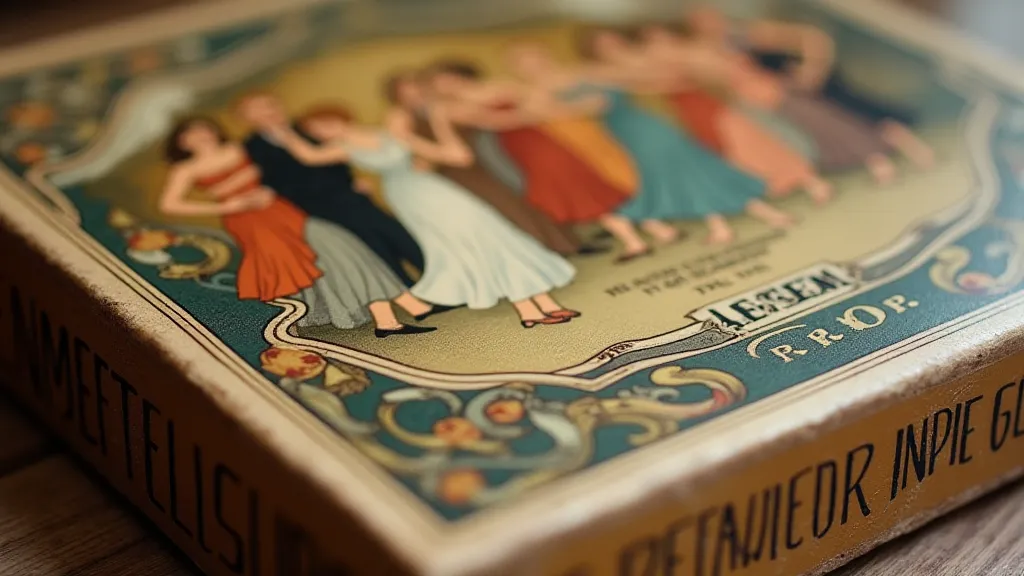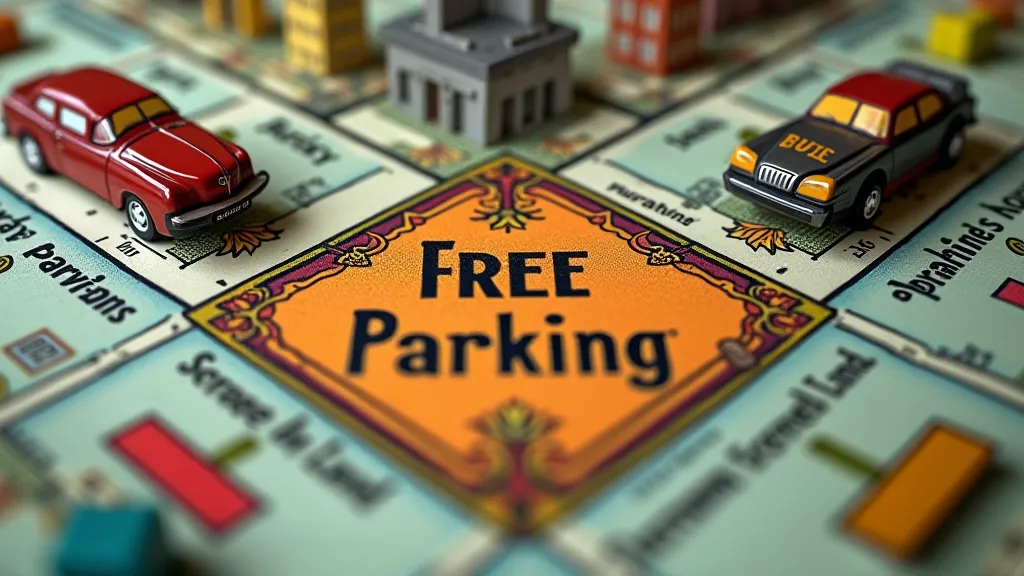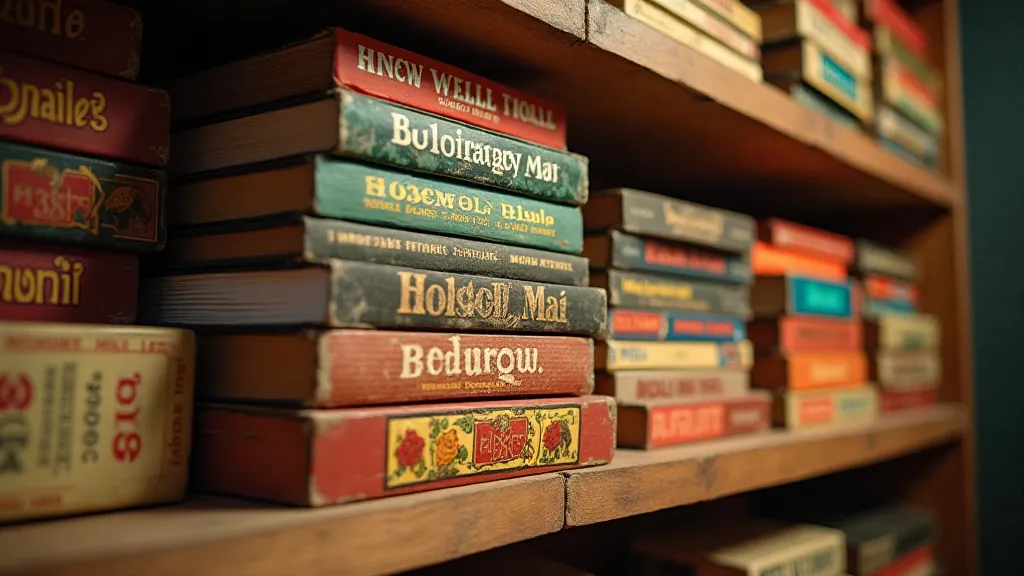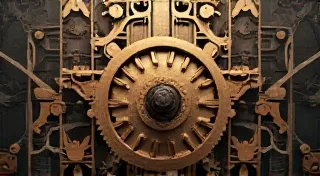Chromatic Ghosts: The Lost Art of Board Game Illustration
There's a peculiar melancholy that settles upon you when you hold a truly old board game. It’s not just the musty scent of aged cardboard or the fragility of brittle components. It’s the feeling of holding a portal to a vanished era, a tangible link to a time when creativity flourished under different constraints, and artistic expression was interwoven with the simple joy of communal play. I remember, as a child, discovering my grandfather’s copy of “Tiddlywinks,” a game seemingly plucked from a Victorian parlour. The illustrations, intricate and charming, felt less like mere decoration and more like whispered stories of elegance and amusement.
Collecting vintage board games isn’t simply about acquiring artifacts; it's about preserving a fading art form: board game illustration. It's an art form that, sadly, has largely been lost to the streamlined, digitally-driven world of modern game design. The evolution of this art is inextricably linked to the history of board games themselves, mirroring societal shifts and the changing nature of gameplay with surprising fidelity.

The Golden Age: Victorian Charm and the Rise of Theatricality
The Victorian era, with its love of elaborate storytelling and theatrical presentation, profoundly shaped early board game illustrations. Games like "The Mansion of Happiness" (1843), considered one of the earliest American board games, showcased sentimental engravings of virtue rewarded and vice punished. These illustrations were didactic, meant to instruct and entertain in equal measure. The artistry was present, but subservient to the game’s moral instruction. As the 19th century progressed, games became increasingly elaborate, reflecting the growing middle class’s desire for both entertainment and displays of refinement. Illustrations started to move beyond simple moralistic scenes, incorporating more detailed landscapes, character portraits, and a sense of adventure. The rise of popular literature – Dickens, Verne, Doyle – fueled the demand for visually engaging games, inspiring artists to evoke a sense of wonder and escapism.
The Roaring Twenties: Art Deco and a Dash of Rebellion
The interwar period witnessed a dramatic shift in artistic style, mirrored strikingly in board game illustrations. The exuberance and modernity of the Art Deco movement swept across the world, influencing everything from architecture to advertising. Board game boxes became canvases for bold geometric patterns, stylized figures, and a distinctive sense of optimism. Think of the illustrations on Parker Brothers’ "Game of Life," showcasing streamlined cars, fashionable clothing, and a future brimming with possibilities. The hand-lettering became more stylized, the colours more vibrant, and the overall aesthetic a far cry from the sentimental engravings of the Victorian era. This was an age of progress, and the board game illustrations reflected that.
The loss of innocence following World War I also subtly influenced the imagery. While optimism remained prevalent, a touch of melancholic realism crept into some designs – a fleeting glimpse of the shadows lurking beneath the surface of the “Roaring Twenties.” This nuance is often missed by casual observers, but for the dedicated collector, it’s a testament to the surprising depth that can be found within these seemingly simple games.
Post-War Prosperity and the Rise of Cartoonists
The post-World War II era brought about a boom in consumerism and a new wave of artistic talent into the board game industry. Cartoonists and comic book artists, eager for new avenues of creative expression, began to design game artwork. This resulted in a lighter, more humorous aesthetic. Games like “Candy Land” and “Chutes and Ladders” were designed to appeal to children, and the illustrations reflected this with bright colours, exaggerated characters, and a playful sense of mischief. This move was commercially successful, but marked a further departure from the more sophisticated illustration styles of earlier eras. The focus shifted from artistic merit to broad appeal and immediate visual impact.
The Digital Age and the Fading of an Era
The advent of digital art and the rise of mass-produced board games in the late 20th and early 21st centuries has largely relegated hand-illustrated board game artwork to the realm of nostalgia. While digital art allows for greater efficiency and consistency, it often lacks the unique charm and character of hand-drawn illustrations. The subtle imperfections, the slight variations in line weight, the feeling of a human hand at work – these are the qualities that make vintage board game illustrations so captivating.

Preserving the Legacy: Restoration and Collecting Considerations
For those drawn to the beauty of vintage board game illustrations, collecting and preserving these artifacts is more than a hobby; it's a form of historical preservation. The challenges of restoration can be significant. Cardboard can become brittle, colours can fade, and illustrations can tear. The temptation is to ‘perfect’ the game, but often, the imperfections themselves are a vital part of its history. Gentle cleaning with specialized archival materials is often the best course of action. Avoid harsh chemicals and excessive handling.
When collecting, focus not just on rarity – though that certainly contributes to value – but also on the artistic merit of the illustrations. Look for games that showcase exceptional craftsmanship and that offer a glimpse into the cultural and artistic landscape of their time. Understanding the artist, if known, can also add to the appreciation. Many vintage games lacked artist credits, making identification a detective-like pursuit.
A Lasting Impression
The chromatic ghosts of vintage board game illustrations linger, whispering tales of a bygone era. They offer a unique window into the history of art, design, and popular culture, and remind us that even in the seemingly simple act of playing a game, there is beauty, artistry, and a connection to the past. As digital design continues to dominate, these hand-painted treasures become increasingly precious, offering a tangible link to a time when creativity flourished, and the joy of play was enhanced by the touch of a human hand. They are more than just games; they are miniature museums of a lost art form – and they deserve to be cherished.






